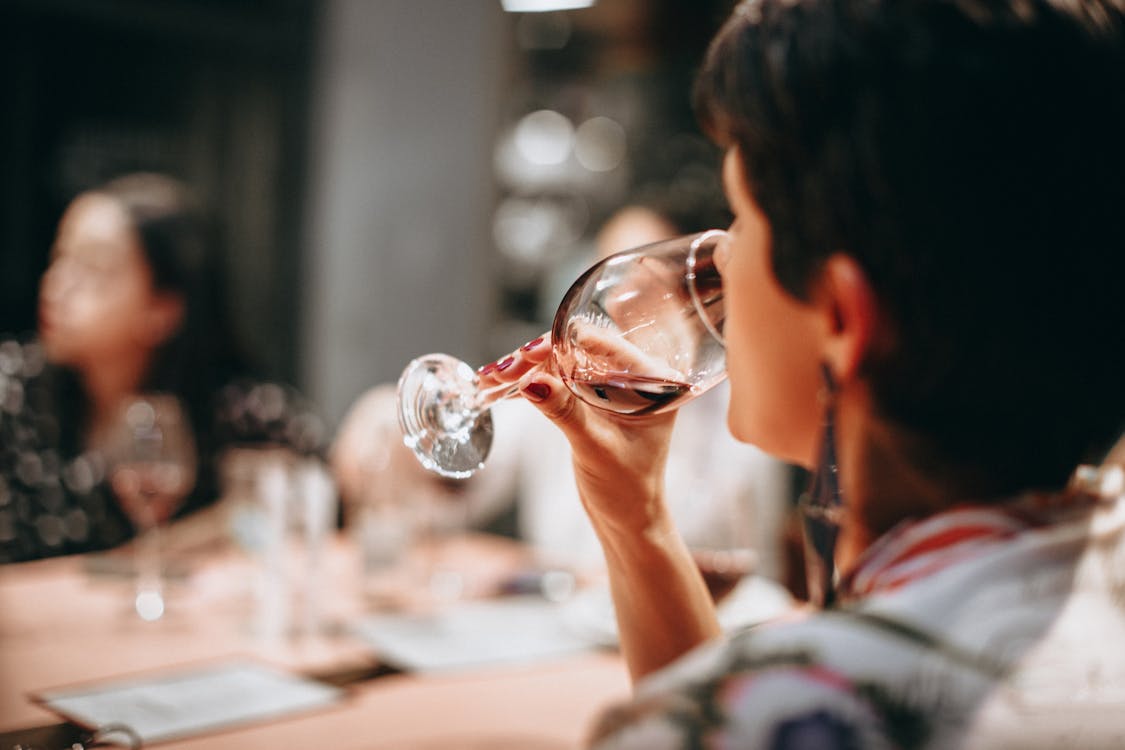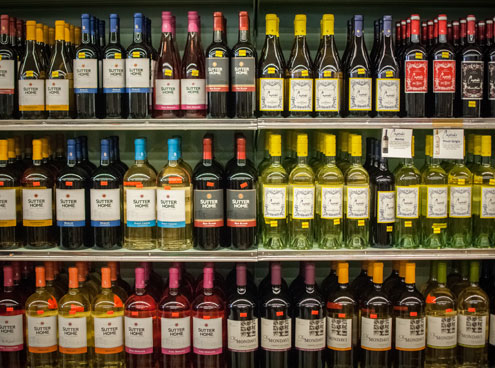If you are a wine enthusiast, then you might already have an idea of how amazing wine tasting can be. It is a process for sensory evaluation of wine. This process is getting more advanced and specialized over time. Even if you know some wine tips from pros, wine tasting needs specific skills to ace the game.
You can examine perceived flavors and aromas, including general characteristics of wine. When you evaluate wine critically, it will be more fun, and you will explore a world of new flavors and aromas.
Isn’t it Amazing?
You need some guidance and step-by-step hacks to improve your wine tasting skills. (Read: Some Top Tips And Helpful Advice To Pick The Perfect Wine)
It can be a thrilling experience if you perform this correctly. To help you out in this regard, we have scoured a complete guide.
Step-by-Step Hacks For Wine Tasting
If you are the kind of person who thinks all wines or rums have the same taste, then you are not in the right dimension. You are majorly missing a true wine enjoying process.
First of all, you should design a chart having some points such as color, fruity or non-fruity taste, and conclusions for taste evaluation. And then start in with the process.
So, without further ado, let’s delve a bit deeper into the process.
Visual Observation Of Wine
If you want to have a quick evaluation of the wine, then your visual observations matter a lot. You should have a sharp look for checking the viscosity, opacity, and color of the wine. Perform this step in a minimum of five seconds.
There are several properties hidden in the surface appearance of wine, and most of the points are mentioned on the bottle, like ABV, grapevine, or vintage.
- Simply pick your wine glass up, swirl it around, look from above below and sides, then examine it in sharp white lightening.
- You can easily determine age, climate, and alcohol contents in the wine.
You can read a detailed review document entailing sensory analysis of wine.
For Example
Tears of wine are directly proportional to alcohol contents in the wine. Similarly, amber or orange color rims present in red wine are representative of older wine.
Smelling Of Wine
When you smell a wine bottle, evaluate from larger points to smaller ones. Like if you smell, think either they are fruits? Consider broad categories, firstly, maybe citrus, orchards, or tropical and subtropical fruits.
You will get frustrated if you go with a particular property. There are three primary categories in which you can divide the nose of a wine.
Primary Aromas: These aromas come with floral notes, herbs, and grapes derivatives. It comes with a type of grapes and climate where it is grown.
Secondary Aromas: Secondary aromas include wine-making practices. For example, yeast derivatives are most common in white wine. Similarly, cheese rind, nut husk, and stale beer are secondary aromas.
Tertiary Aromas: This is related to the aging of wine may be in a bottle or oak. Commonly occurring tertiary aromas are roasted nuts, old tobacco, cured leather, cedar, autumn leaves.
Sniffing is an interesting process overall. Choose a glass of wine, check the pungent odor first, then sharp fruit aromas, and at the end, flowers and herbaceous characteristics.
Lastly, you can evaluate the alcohol contents by feeling heat intensity in your nostrils. (Read More: An Article For Those Who Love Wine)
Taste
Having a great experience of wine tasting, you can evaluate the style, region, and possible vintage of wine readily. If you are looking for the best rum online, then don’t forget to check the brand’s reputation and customer reviews.
But for improving your tasting skills, pay to heed at some points.
Sweetness
Our tongue is very sensitive in detecting salty, sour, and sweet tastes. By the front of your tongue, you can quickly taste the sweetness in every first moment. Wines usually range from 0 grams’/liter sugars to 220 grams’/liter residual sugars. 220 g/ L is highly close to sweet syrups. You can also get a wine sweetness chart beforehand to keep track of the things.
Dry Wine
People usually categorize a wine having 10 g/l sugar contents into a dry wine, but the human threshold level is only 4 g/l residual sugars.
A Quick Questions: What is Tannin?
This is characteristic of red wine. It will tell you about the type of grape and the age of the wine also.
There are two main sources of tannin:
- The skin of grapes or oak
- Seeds of grapes or oak
Tannin quantity and quality varies which grapes or oak species.
Tannin comes from grapes is more abrasive in taste, while tannin
from oak is smooth and round in taste.
Acidity
One of the major hacks in improving wine tasting skills is the acidity factor. It is directly related to wine freshness. If you are a pro, then you can evaluate the age and region of wine from its acidity.
Acidity refers to pH value. Acidity is related to the sourness of wine. And sourness can be measured in pH.
- You will feel a tart taste if a wine has high acidic contents. Highly acidic wine also shows that it is formed from early picking grapes.
- Most of the wine ranges from 3-4 pH.
- Wines with low acidity come with creamy and smoother taste and less mouth-watering quality
- Super low acidic wine tastes completely flat.
Want to know what is the ideal pH for wine?
Alcohol
The alcohol level is perfect in adding body and texture to the wine. Generally, it ranges from 5% ABV to -16% ABV. The alcohol level is related to the sweetness of grapes before fermentation.
How Do You Think In Your Mind Now?
After observing, smelling, or tasting, what you think of the wine is a major factor.
For example
- You think like either it’s a fresh fruit wine or jammy fruits with oak wine?
- Having rich alcohol contents or lower ones?
- But before this process, you must clear your questions, such as if you taste to check dryness?
- Have you tested for figuring out the finish?
- Do you taste acidity of wine or complexity?
- Are you checking body and texture?
If you have a clear question in your mind, you will think in the right dimension. As a result, you will be able to get the right answer.
Taste Comparison
In the end, simply compare the tastes of the best wines in your mind and lay down your cards. You can conclude your comparative results by brainstorming a process considering all the previous efforts that you made while tasting wine.
The Bottom Line
As of now, you might have got a good understanding of the wine tasting concept. Though this process is a bit critical, we hope that this step-by-step guide has helped you in elevating your skills.
You might also be interested to know about the four basic types of wine tasting.


